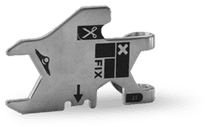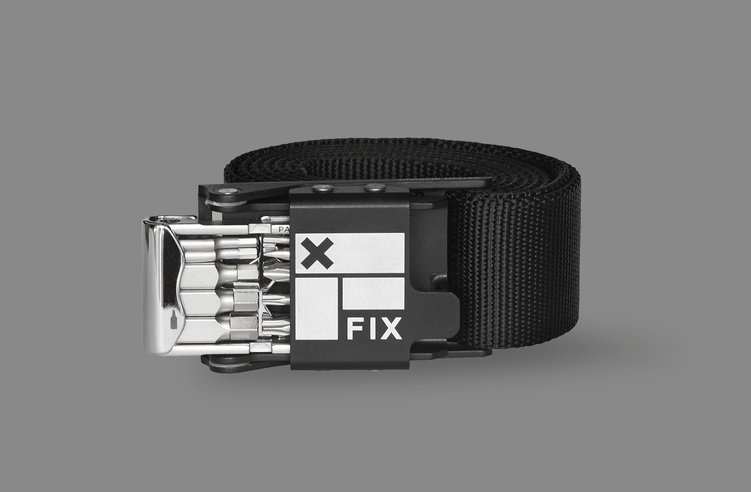We’ve all experienced a difficult to mount tire / rim combo that has you spending an entire afternoon trapped in the garage ultimately ending with a trip to the bike shop. For guaranteed success mounting a bike tire, you’ll want –
- An excellent seal between rim and tire
- Air at high pressure (there are work arounds, stay tuned)
- Tire sealant
Unless you own a compressor that can discharge over 100 psi, you are limited to these options for success –
- Floor pump – for success here, you need to start with an excellent seal. Your hands will be tied up pumping and you will not be able to massage or manipulate the tire to help trap air.
- CO2 – also relies on an excellent seal. Similar to a floor pump, your hands will be tied up operating a CO2 nozzle. If there are any weak points in the system, you’ll have less than a few seconds to make any adjustments. The worst part is you may not have an ample supply of cartridges if you need to make more than one attempt.
- Gas station – often times these pumps do not operate at high pressures needed to guarantee success. Not to mention you’ll probably need to bring dollar bills or change, and you might have to drive around to find a station that has one (that is not out of service).
When we launched the Eflator™ back in 2021 the goal was to provide an inflation solution that packs and / or travels better than a floor pump. As we became every day users side by side with customers, we also realized the full potential of this new device. Auto emergency roadside capabilities and mounting bike tubeless tire setups came into focus.
With the Eflator™, steady air pressure is delivered at a continuous flow. While this is happening, your hands are free to manipulate the tire. The digital gauge on the Eflator will show any increase in pressure in real time. This allows you to experiment and make corrections. To get the job done, you will need –
- Eflator™ Digital Pump
- Valve core removal tool
- Tire levers
- Tire sealant
- Tie down strap (optional)
Watch the video for our recent success mounting a dual casing mountain bike tire on a tubeless ready rim. We prefer to add the sealant after the bead is set, but on some rim / tire combos you’ll need to add the sealant first to help seal while air is flowing. In our experience, it may take more massage / manipulation of the tire to gain a seal without sealant (and more time) but it can save you from wasting sealant and making a mess.
Have comments? Open the video in YouTube and comment there. Good luck!








